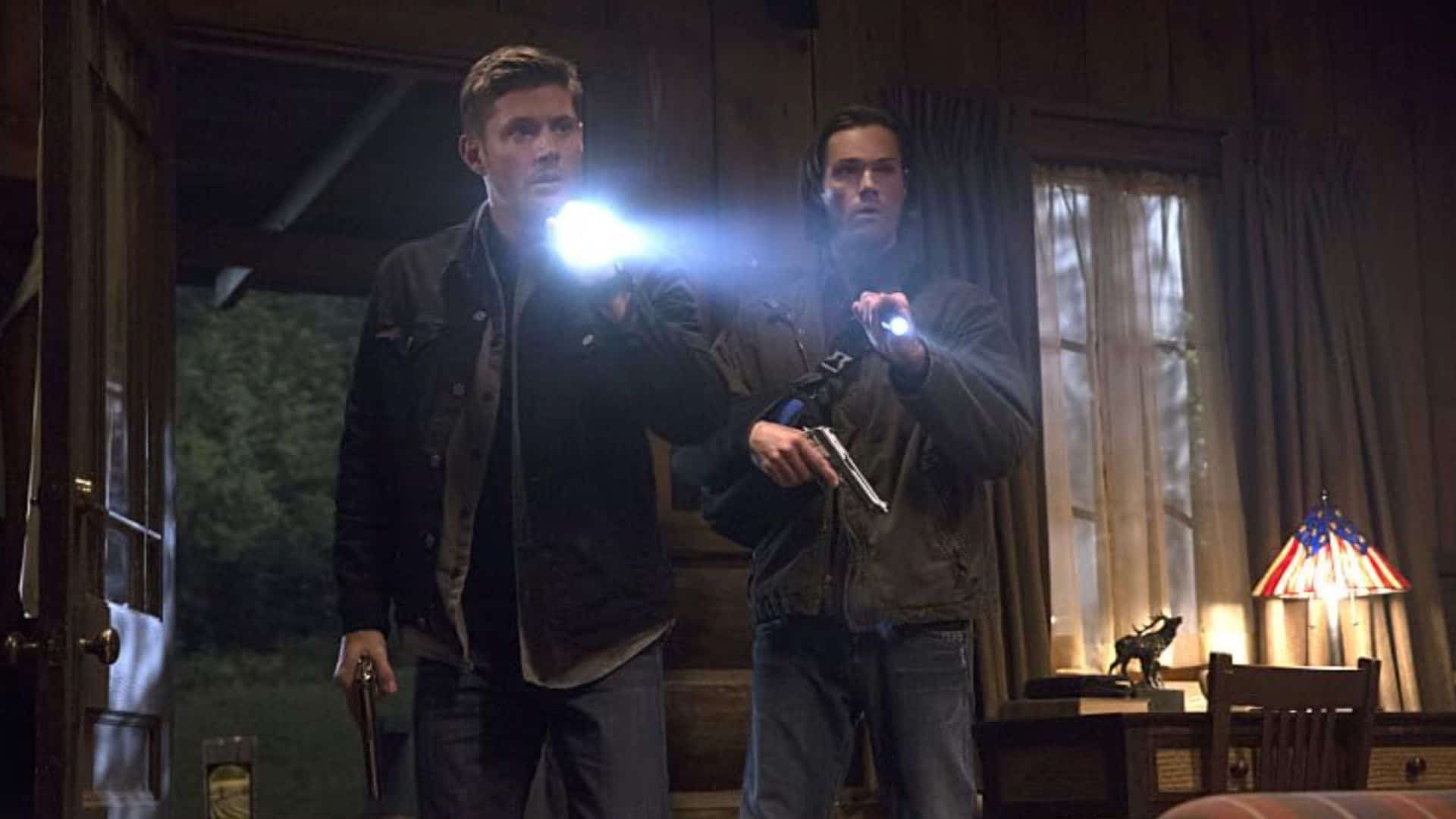
While the main plotline of “Supernatural” follows the Winchester brothers as they fight against demons and try to save the world from (multiple) apocalypses, the episodes where I got to watch Sam (Jared Padalecki) and Dean (Jensen Ackles) go on one of their classic monster hunts were the ones I loved the most. Not only did they remind me of the early days of the fandom that made me fall in love with the show, but they also introduced me to all sorts of different things that go bump in the night.
Thanks to the anthropology degree and world literature courses, I’ve spent a lot of time reading up on different mythologies, so I know that the show takes some liberties when it comes to including these creatures in the scripts. That being said, I love how “Supernatural” shines a light on entities outside of the mainstream angel, demon, vampire, and werewolf, and features truly nightmarish beings that have hidden in the shadows of obscurity — even if they’re not completely true to their original lore.
Content Warning: Common throughout mythology, many of these creatures have dark and disturbing origins, including abuse, self-harm, and death. Mentions of these topics will be as brief as possible.
Banshee
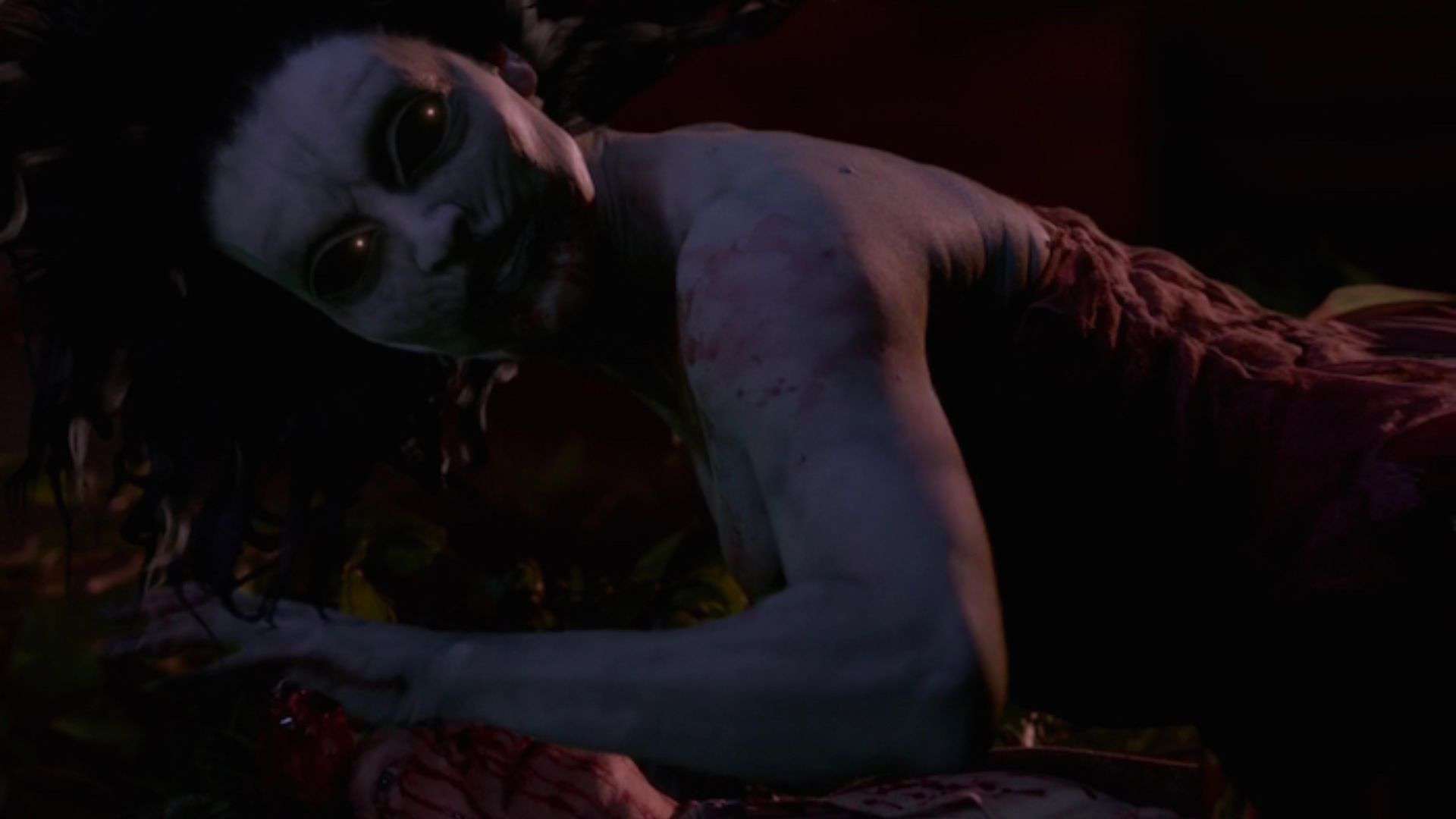
One of Ireland’s most frightening and enduring tales revolves around the banshee, a mythical being with ties to the fae. The banshee has an otherworldly scream that serves as an eerie prelude to impending death. The banshee’s wail is bone-chilling and high-pitched, and although sightings are rare, her haunting cries pierce the stillness, often in the dead of night, signaling that someone’s time is near. Despite her ominous reputation, a banshee’s cry is terrifying but can’t actually harm or kill someone. There are very few legends of a banshee’s cry driving someone to madness or suicide.
In “Supernatural,” the show takes all these points into account, then amps it up a notch with the introduction of a malevolent banshee, a creature who feeds off her victims after pushing them to self-harm.
Changeling
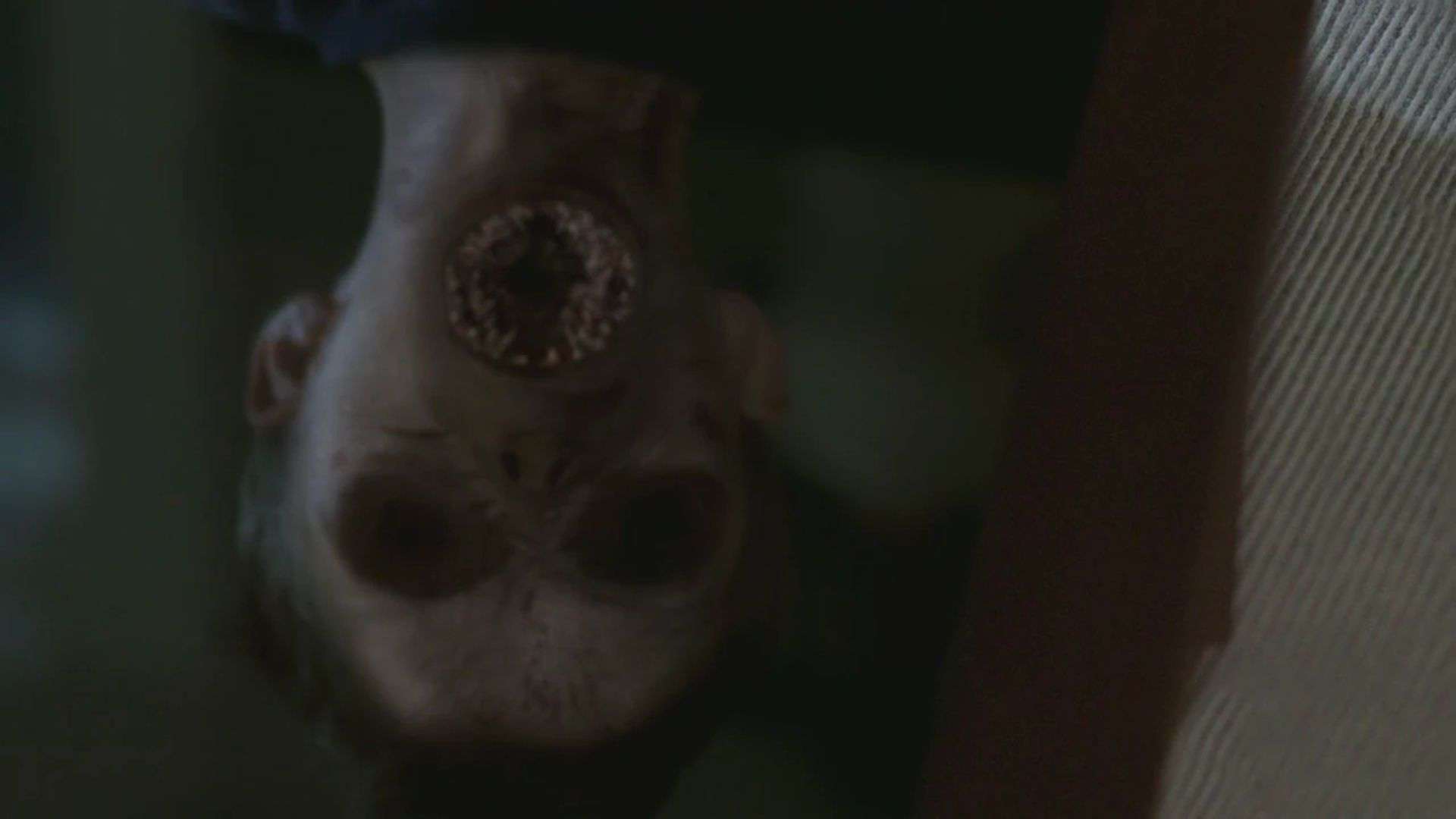
In European folklore, a changeling refers to a deformed or mentally impaired child, believed to be a substitute secretly left by fairies or elves in place of a human infant. According to legend, the abducted human infants are either given to the devil or utilized to strengthen the fairy population. The return of the original child is said to be possible by either making the changeling laugh or resorting to torture, a belief that horrifically led to instances of real child abuse.
“Supernatural” turns this creature on its head a bit, making it much more monstrous. In the show, changelings are shapeshifters that take the place of children to feed off the human mother’s synovial fluid (a fluid between certain joints). Their true forms can be seen in reflections, and they have terrifying, leech-like features.
Djinn
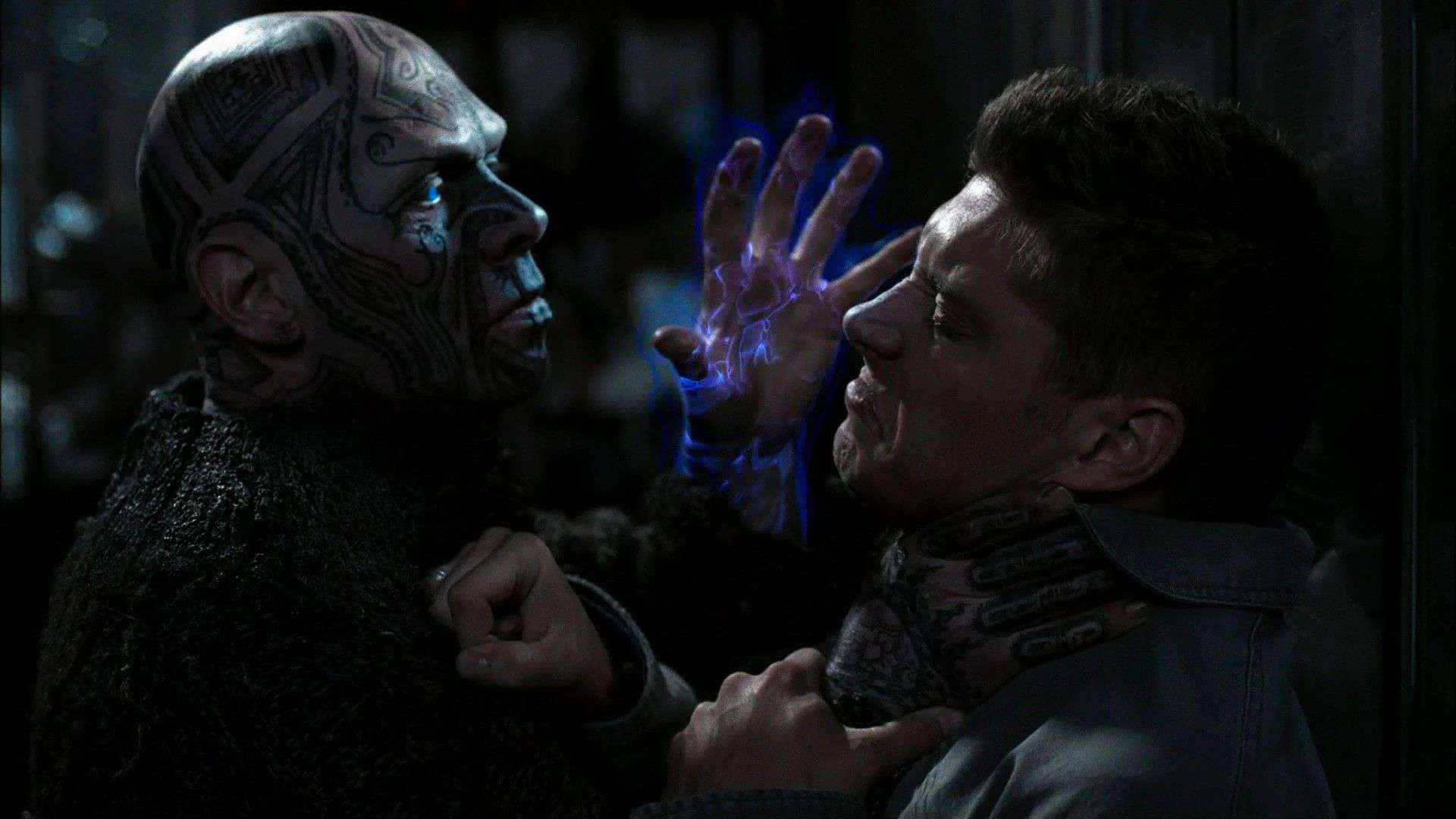
“Supernatural” depicts djinn as humanoid creatures that keep their human victims in a coma-like state while feeding upon them. This coma-like state is due to the djinn’s ability to transport the human into a fantasy world where all their dreams and wishes have come true. In their dream state, the victim is happy and at peace, but their bodies are withering away.
In Arabic folklore, djinn have the ability to take on human or animal forms and reside in various inanimate objects, like stones, trees, and ruins, as well as beneath the earth, in the air, and even within fire. Despite possessing the bodily needs of humans and vulnerability to death, they’re free from physical constraints. Djinn are known for punishing humans for any harm, intentional or unintentional, and are attributed to causing diseases and accidents. Yet those with knowledge of the proper magical procedures can harness the power of djinn for their benefit.
Kitsune

Traditional Japanese folklore paints the kitsune as a fascinating entity, classified under the umbrella of yōkai — a category reserved for supernatural beings wielding godlike powers, parallel to the Western concepts of ghouls or demons. Among their distinguishing features, kitsune are renowned for their paranormal prowess, especially with metamorphosis, a skill that intensifies with age. The kitsune spectrum can be broadly categorized into two archetypes: the mischievous and the good. The latter category often extends into a nuanced spiritual hierarchy, adding layers of complexity to these enigmatic beings.
In the show (along with many Western interpretations), a kitsune is human in appearance, with the only notable differences being its eyes and sharp claws when preparing to attack. They need to feed on human pituitary glands to survive. As far as this concept goes, some Japanese folklore mentions foxes that can transform into beautiful women, similar to the Chinese huli jing, Korean kumiho, and the Vietnamese hồ ly tinh.
Rugaru

The rugaru is deeply rooted in Cajun folklore and is described as a creature with the body of a man and the head of a wolf or dog. It haunts the swamps of Louisiana particularly, in pursuit of misbehaving children. These tales likely find their origins in European werewolf folklore, carried by the Cajun people during their migration to Louisiana.
In Cajun lore, how someone turns into a rugaru is unclear, but in “Supernatural,” a rugaru is a genetic mutation in humans that won’t manifest until the carrier eats human flesh. Once that happens, the mutation induces an insatiable, cannibalistic appetite; superhuman strength; a monstrous appearance; and the loss of their humanity.
Shōjō
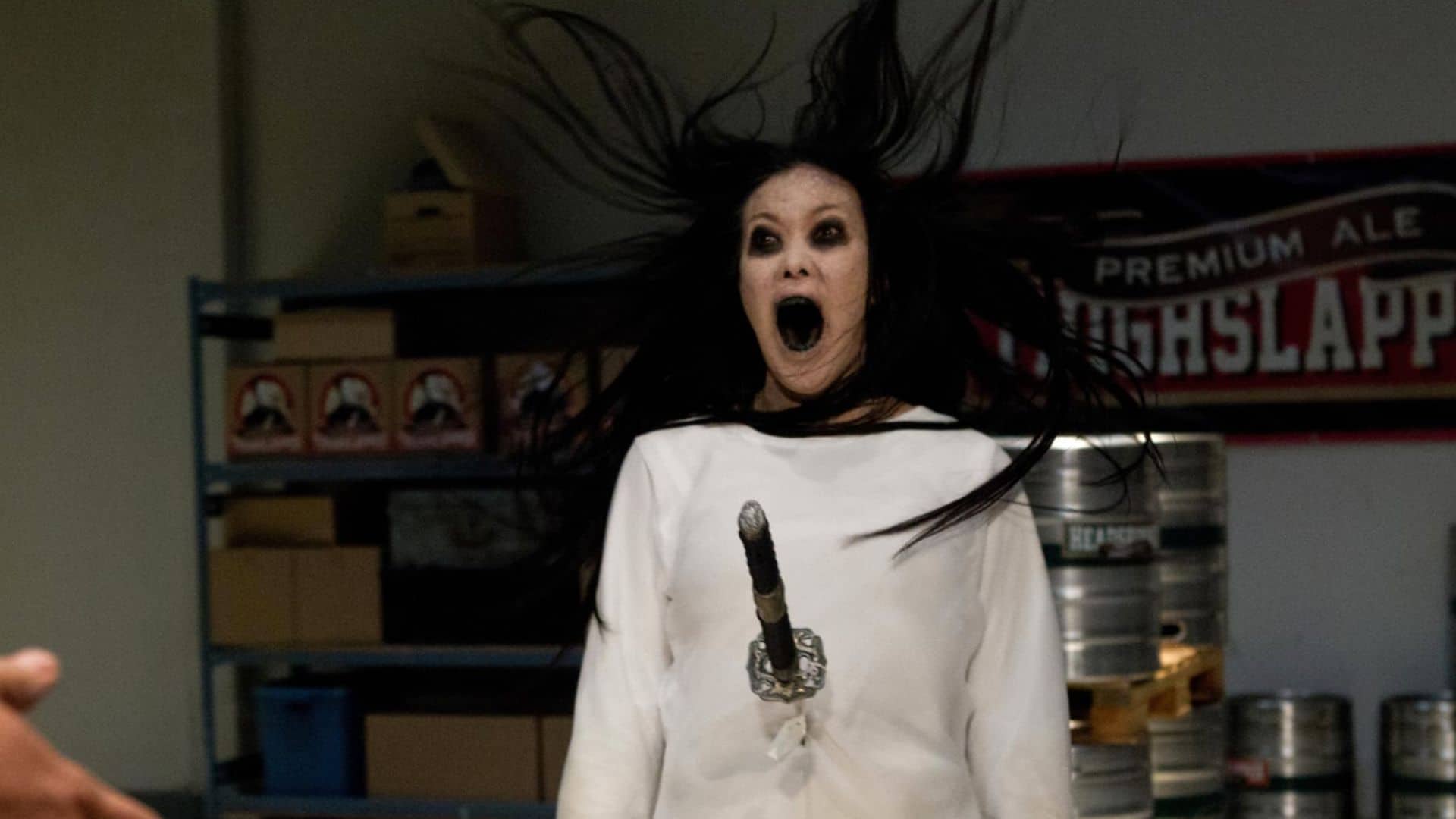
In the coastal regions of Japan, a distinctive community of intelligent sea spirits known as shōjō inhabits the mountainous terrain. Resembling humanoid apes, these creatures boast long, red hair and crimson-blushed visages, perpetually reminiscent of inebriation, and occasionally dress with clothing or seaweed skirts. The shōjō lead lives immersed in the consumption of copious amounts of alcohol, frolicking in the sands and waters of secluded beaches. Despite their penchant for drunken revelry, including singing and dancing, these creatures are reputedly wise and friendly toward humans.
“Supernatural,” on the other hand, depicts the shōjō as a sea spirit in the shape of a pale young woman with long dark hair and sunken eyes. Like the original lore, this shōjō has a fondness for alcohol, but in the show, a shōjō could be captured in a spell box and forced to carry out its captor’s desires.
Tulpa

Reaching back to Tibetan Buddhist origins, a tulpa is not so much a monster as it is a religious tradition or an ideology. In “Supernatural,” the show’s take on this idea can be seen in four different episodes, sometimes with the tulpa manifesting as an urban legend or even a Greek muse. Essentially, enough people believed in the entity, so it became real and eventually took on an existence of its own.
In reality, the idea of a tulpa is more complex and a lot less ill-spirited. Essentially, a tulpa is a mental construct that operates autonomously and in parallel to your own consciousness. They possess cognitive abilities, free will, emotions, and memories — a sentient individual coexisting within the mind. It’s an incredibly interesting rabbit hole to go down. Just keep in mind that this is an Eastern religious practice that has inspired Western paranormal lore since the ’70s — becoming a tulpa of its own in a sense.
Wendigo
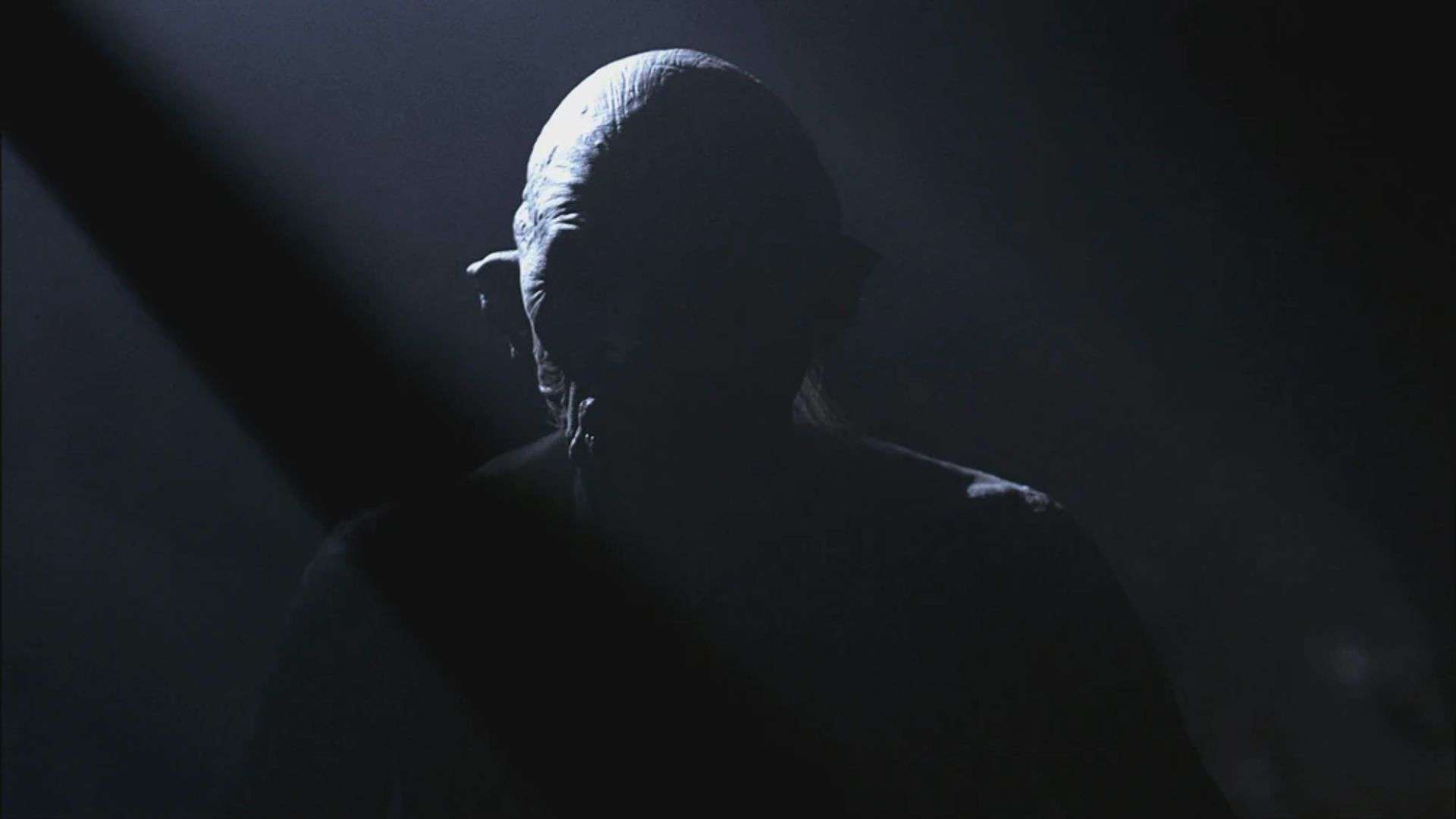
Stemming from Indigenous North American mythology, the wendigo is a malevolent creature that manifests either as a monster with human traits or as a malevolent spirit that has taken possession of a human, thus making it a monster. Linked to both folklore and a real form of psychosis, the wendigo is connected to themes of cannibalism, murder, insatiable greed, and societal taboos.
The “Supernatural” depiction of the wendigo seems to stay true to the original myth behind the creature, telling a tragic story of prolonged isolation, then cannibalism out of desperation. The Indigenous American folklore emerges not just as a horrific tale, but as a societal lesson that teaches how important cooperation is to survival.
